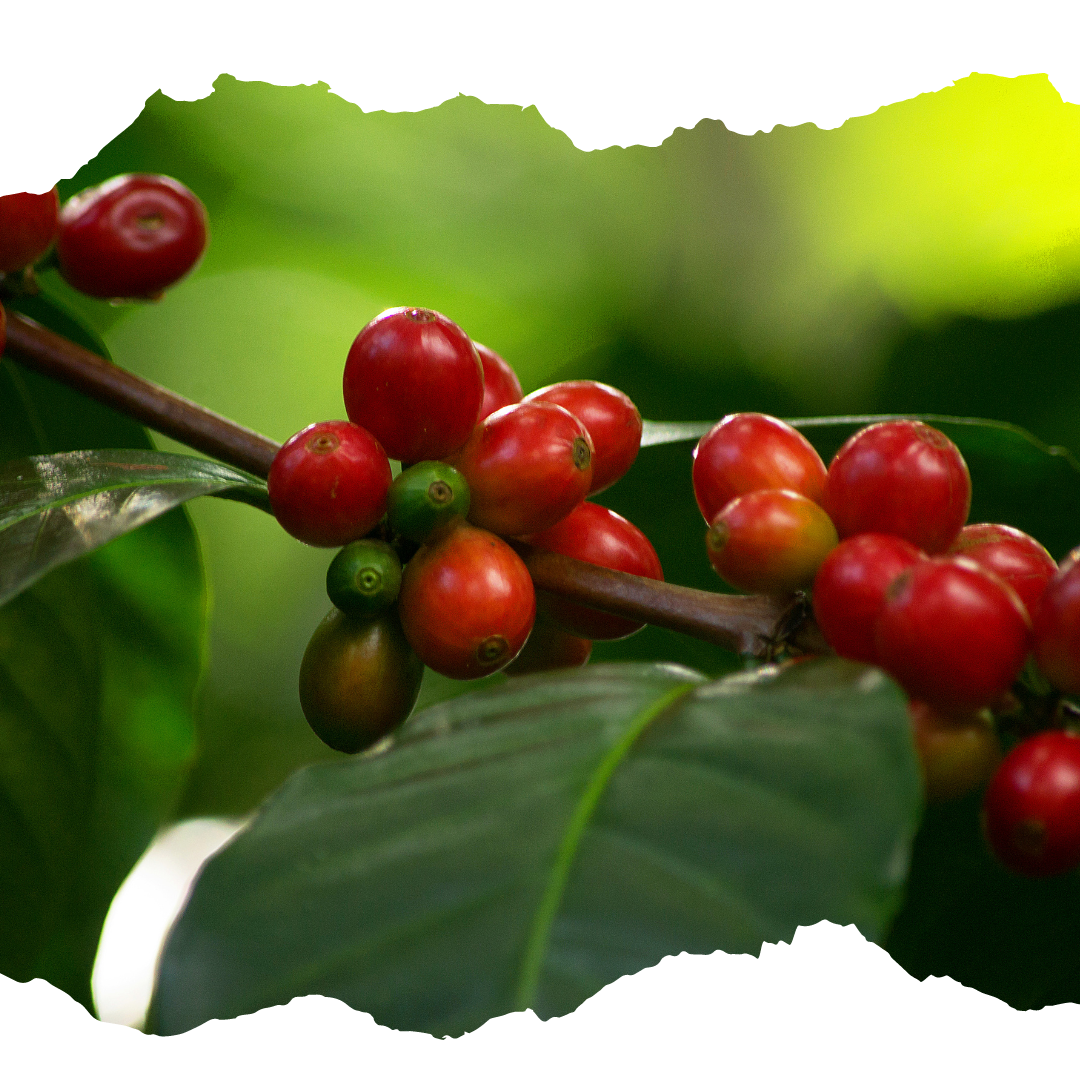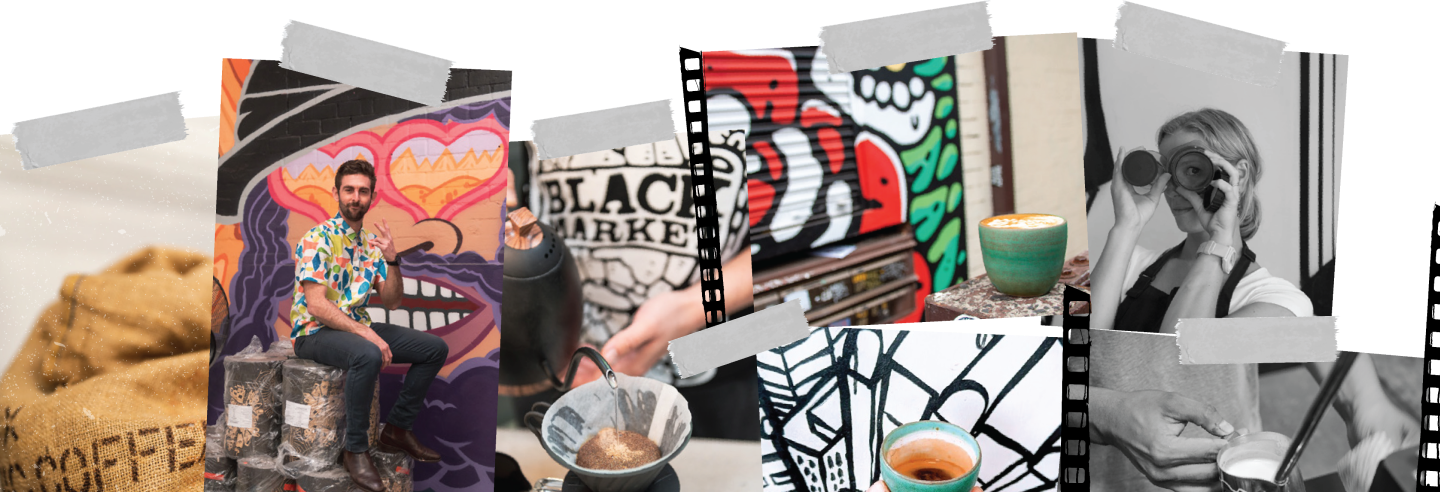
NOT YOUR TYPICAL TYPICA
You have a deep relationship with coffee beans. Collectively. But how well do you know them on a personal, individual level? Its likes, dislikes, passions and dreams? Each bean has its own flavours and idiosyncrasies, and it would be unfair to those little guys if we lumped them in all together. I mean, how would you like it?
Today we’re going to shine a light on one particular bean (well, a particular varietal, which does include several million individual beans, but you know what we mean), the Typica.
The Typica did probably not get its name from being Type-A and typically delicious, but it could have. Its Type-A characteristics have led to it being a leader and pioneer of spreading the popularity of the Arabica strain worldwide. It is therefore one of the most culturally and genetically important varietals there is. You know how it’s said everyone in the world has a little bit of ranga in them*? Well, same can be somewhat said for the Typica.
From its beginnings in Ethiopia, it travelled East to Yemen (see the Tale Of Baba Budan for a swash-buckling account of its voyage) in the 15th Century, from Yemen to India, and thanks to the burgeoning trade routes in the 17th centuries, Typica went from India to the Americas and Pacific Islands, where they found a particularly suitable environment in the hills of Jamaica and Central America.
And as Typica is typically delicious. It is clean, sweet, floral and delicate. It is complex, and is celebrated by tasters and producers from all over with its high cup quality.
However, as vital a varietal it is, it’s not often you’ll find it in its original form, it’s much more likely you’ll have sampled its genes in one of its many offshoots. That is because what it has in taste and complexity, it lacks in productivity and resilience. Its yields are much lower than its Bourbon counterparts, and is also highly susceptible to leaf rust, pests and other diseases, making it a fairly risky crop to farmers.
But the quest for great quality kept the Typica fire alight, and was used to spawn other tasty and resilient varietals wherever it grew. Maragogype, Java, Jamaica Blue, Mundo Novo, Pacamara, and Catuai all have a genetic attachment to Mother Typica, which have in turn begat, and continue to beget numerous varietals for our discerning palate.
We’re pretty happy to boast that our Brazilian Araujo Natural boasts some of these varietals, with special mentions to Mundo Novo and Catuai, and we reckon that you’ll be able to detect Typica notes of exceptional quality, sweetness and complexity. Amidst all the blood orange, dried mango and toasted almond flavours of course.
*I did the research after writing the sentence, and have discovered that in fact almost the opposite is true. In my defence, I did begin the statement with ‘it is said…’ and I’m sure someone has said it. I’ve said it.
Be The first to know about new digs.

